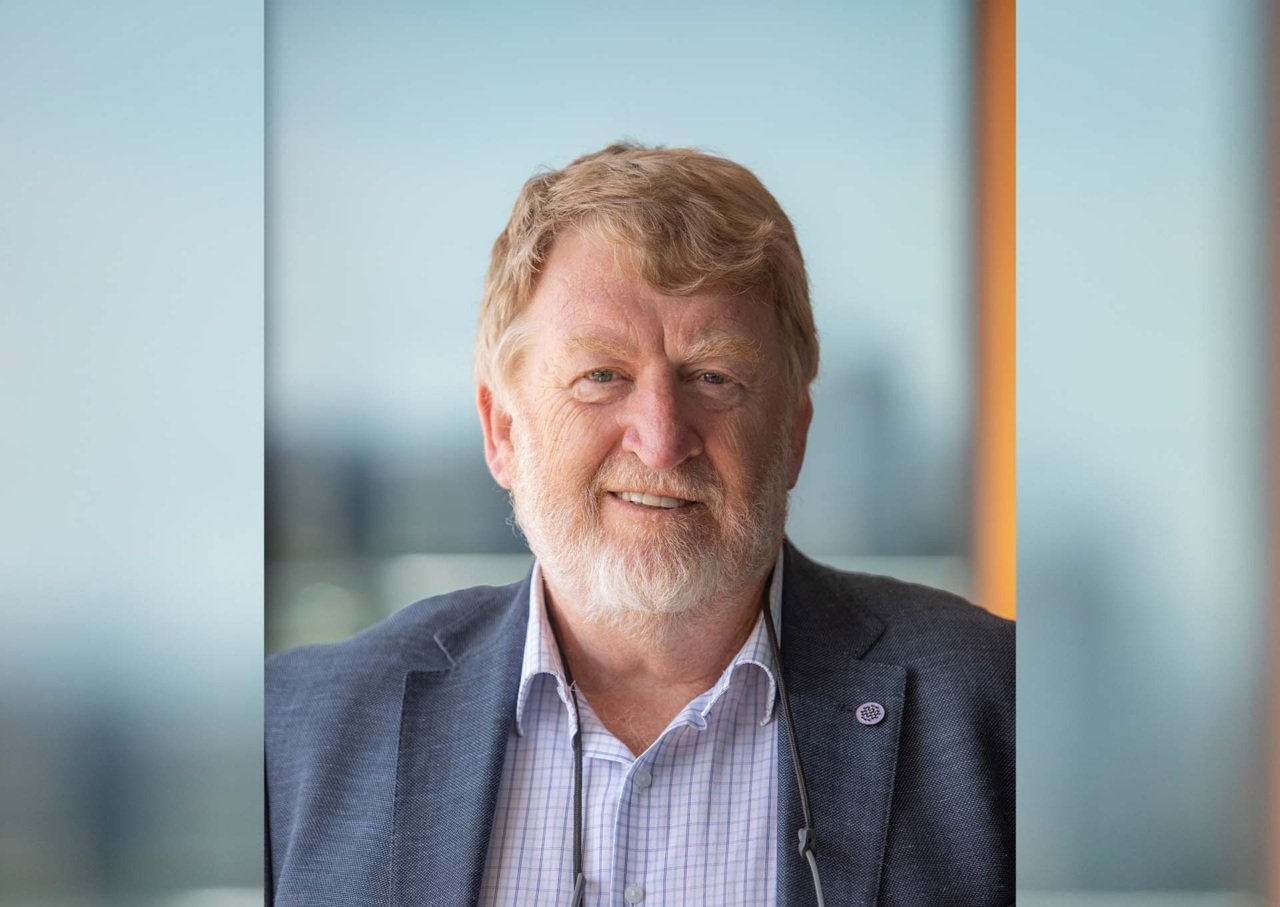The latest Australian Institute of Health Welfare (AIHW) data, released on 16 November 2023, shows the frequency and severity of head injuries and highlights the enormous impact on the Australian health system and community.
The Florey’s Clinical Director, Professor Graeme Jackson, said the data, which show that a quarter of all hospital injury admissions in Australia are due to head injury, indicate the vital need for head injury research to be well resourced.
“Government and independent funding for research into the effects of head trauma on the brain has never been more important,” Professor Jackson said.
According to AIHW figures, a person is admitted to hospital with a head injury every four minutes in Australia.

“Head injuries such as concussion can have devastating consequences on the person who suffered the injury, as well as those around them,” Professor Jackson said.
“It’s vital that well-resourced research enables scientists to investigate ways to prevent and treat head trauma.”
“The latest AIHW data clearly shows it’s not just sports players who suffer from head injuries, but the elderly and children as well. It’s important government and independent bodies holistically support head injury research – not only sporting bodies.”
Professor Jackson is a leading brain researcher at The Florey and has investigated the consequences of concussion on the brain with sensitive functional and advanced structural imaging that is not able to be detected on normal MRI scans.
“Having an imaging or biological marker of brain dysfunction and being able to accurately measure when the brain returns to normal is a critical imperative.
“Just as MRI scans aid recovery from a hamstring injury, so too may MRI scans help tailor brain injury treatments to the individual, leading to safer and better long-term outcomes,” Professor Jackson said.